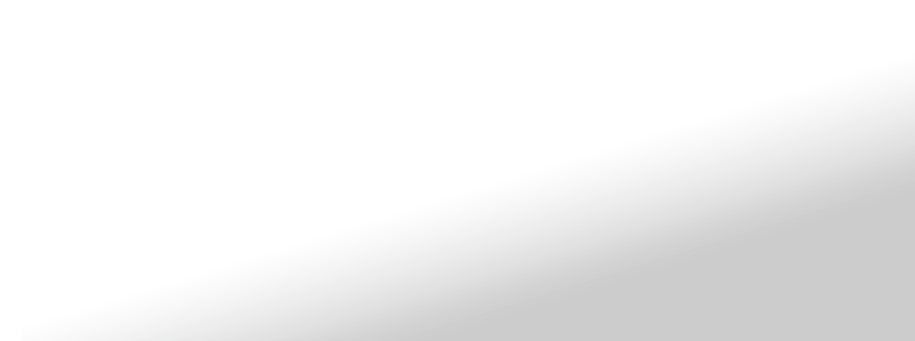Our Experience
Environmental site investigations depend upon properly understanding subsurface conditions and the nature and extent of the contamination. Cone penetration testing (CPTu) is a well-known tool that provides a continuous profile of stratigraphy, which combined with advanced sensing modules also delineates the extent of contamination.
Direct push sampling techniques enable rapid discreet depth soil, water, and vapour sampling from a CPT, direct push, or drill rig.
Monitoring wells, remediation injection points, and other instrumentation are installed using both direct push and drilling rigs.
ConeTec has worked on contaminated site investigation projects since the early 1990’s, and developed some of the first integrated site characterization tools and methods.
Advantages
- HRSC: High-Resolution Site Characterization
- Fast 2 cm / second insertion rate
- Economical; less expensive than sampling and lab testing
- Continuous profiling, no data gaps or uncertainty
- Repeatable logging / quick spatial distribution
- Stratigraphic relationships / geological controls when combined with CPTu
- Digital data is easy to model using 3D software
- Portable and versatile – CPT, drill, or direct push rig
Services
- Cone Penetration Testing (CPTu)
- Ultra Violet Optical Screening Tools (UVOST)
- Ultra Violet Induced Fluorescence (UVIF)
- Electrical Conductivity (EC) and Resistivity (RCPTu)
- Hydraulic Profiling Tool (HPT)
- Membrane Interface Probe (MIP)
- Optical Image Probe (OIP)
- Direct push Soil Sampling, Water Sampling, Vapor Sampling
- Direct push well installations
- Sonic Drilling and coring
- Conventional monitoring wells
- Remediation fluid injection









QUICK LINKS